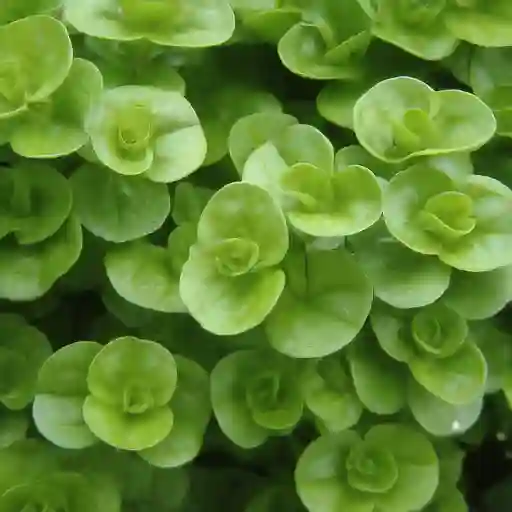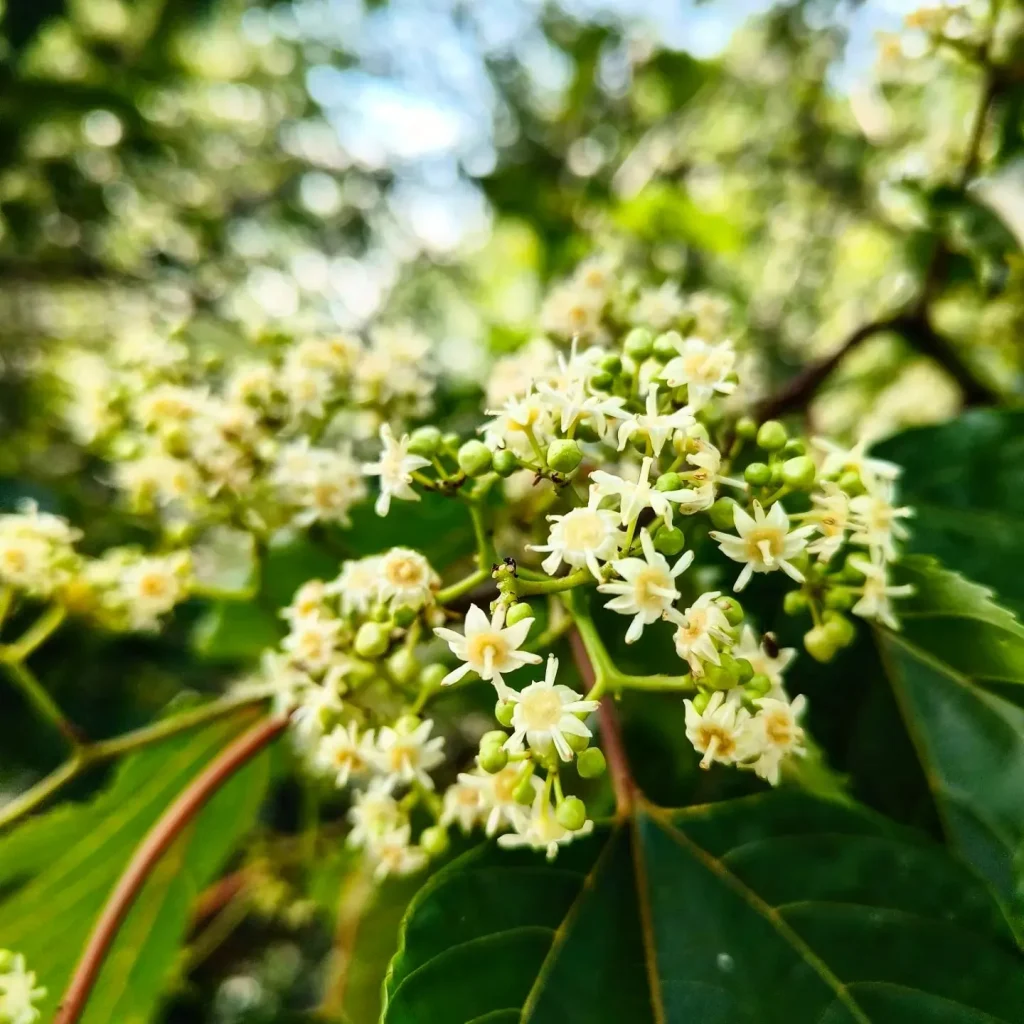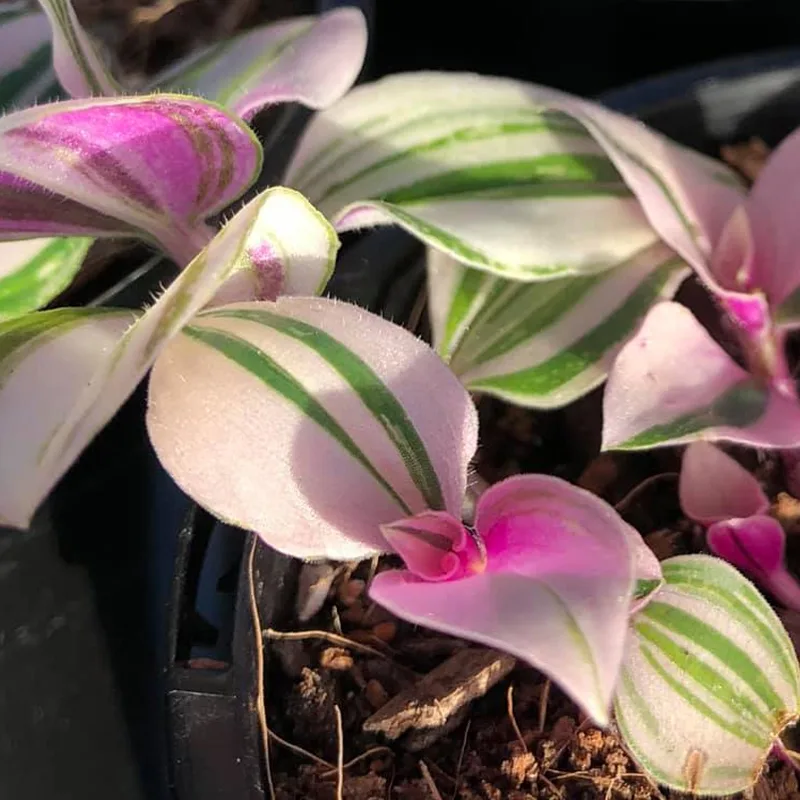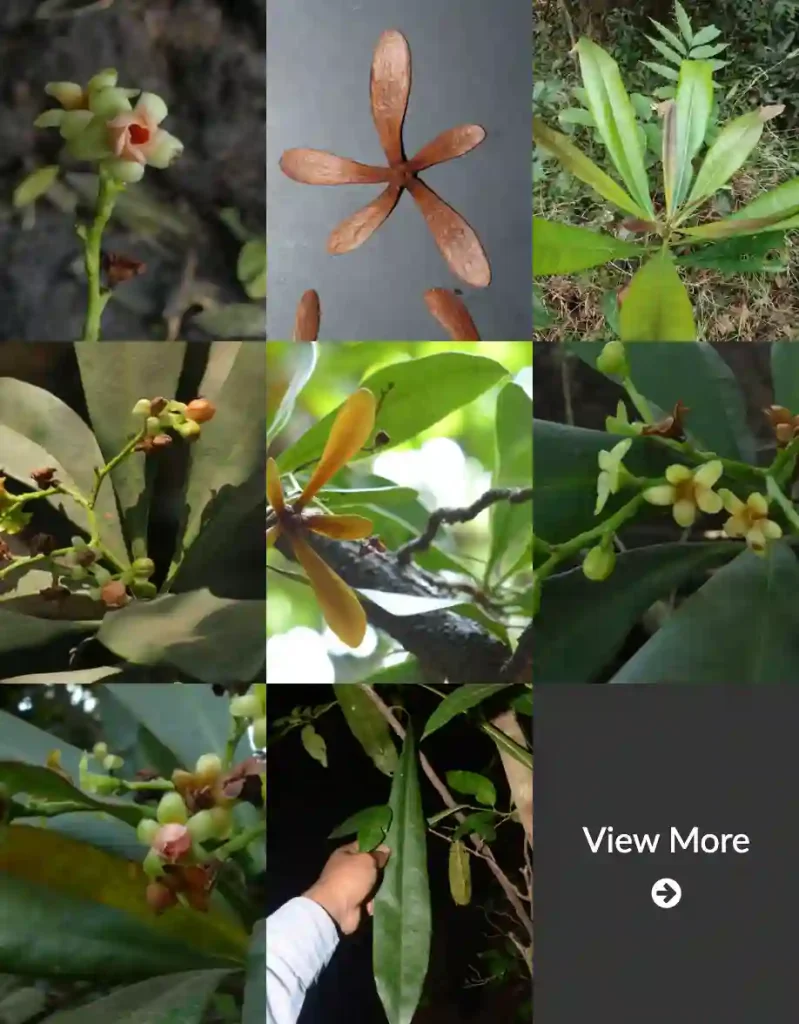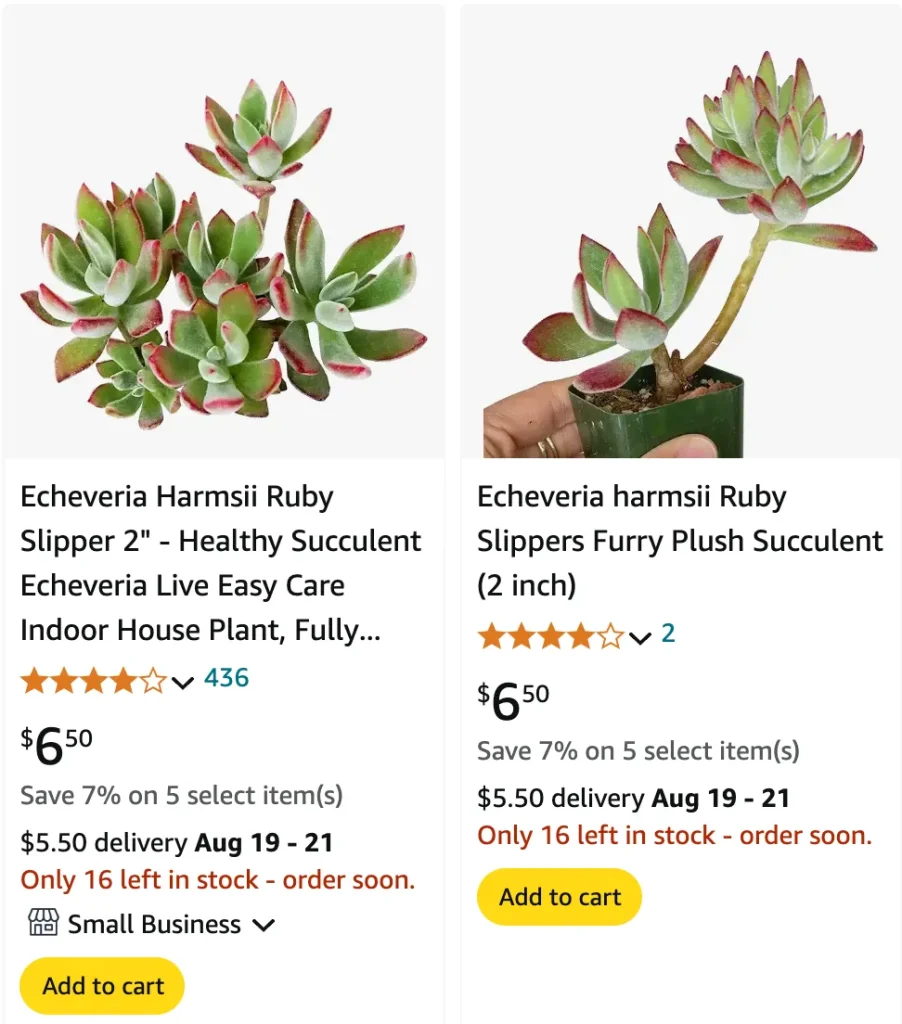
FAQs on Ruby Slippers Succulent: My Experience and Tips
When I first laid eyes on the Ruby Slippers Succulent, I knew I had to have it in my collection. The Echeveria Harmsii, also known as Echeveria Harmsii Ruby Slippers, is a striking plant that stands out with its velvety leaves and vibrant red edges. Over the years, I’ve had many people ask me about Ruby Slippers Succulent care, its flowers, and how to propagate it. So, I’ve compiled this FAQ to help fellow plant enthusiasts get the most out of this beautiful succulent.
202 Species in Genus Echeveria
What is a Ruby Slippers Succulent?
The Ruby Slippers Succulent, or Echeveria Harmsii Ruby Slippers, is a variety of Echeveria Harmsii known for its stunning foliage. The leaves are covered in fine, white hairs, giving them a soft, velvety texture. The edges of the leaves turn a vivid red when exposed to bright light, making the plant look as if it’s adorned with ruby slippers. This Echeveria is a compact plant that forms rosettes, making it perfect for both indoor and outdoor gardens.
How Do I Care for My Ruby Slippers Succulent?
Light: One of the first things I learned about Ruby Slippers Succulent care is the importance of light. This plant loves bright, indirect sunlight. I’ve found that placing it near a south-facing window indoors or in a spot with filtered sunlight outdoors works best. Too much direct sun can cause the leaves to scorch, while too little light will prevent the red edges from developing.
Watering: Like most succulents, Echeveria Harmsii prefers to dry out between waterings. Overwatering is a common mistake and can lead to root rot. I water my Ruby Slippers Succulent about once every two weeks during the growing season, cutting back to once a month in the winter. Always water thoroughly, letting the excess drain out, and ensure the soil is completely dry before the next watering.
Soil: A well-draining soil mix is crucial for the health of this plant. I use a cactus and succulent mix, sometimes adding extra perlite or sand to improve drainage. If the soil stays too wet, it can cause the roots to rot, which is something I’ve had to learn the hard way.
Temperature: This succulent thrives in warm conditions, ideally between 65°F and 80°F. It can tolerate lower temperatures but should be brought indoors if it drops below 40°F to avoid frost damage.
Fertilization: I fertilize my Ruby Slippers Succulent sparingly, about once during the growing season with a balanced, diluted succulent fertilizer. Too much fertilizer can cause the plant to grow leggy and lose its compact form.
Does the Ruby Slippers Succulent Flower?
Yes, it does! The Ruby Slippers Succulent flower is one of the highlights of this plant. In late winter to early spring, it produces bright orange-red, bell-shaped flowers on tall stalks. These blooms add a vibrant splash of color to your collection. I’ve noticed that the flowers are more likely to appear when the plant is kept in optimal light conditions and not overwatered during the winter months.
How Do I Propagate Echeveria Harmsii Ruby Slippers?
Echeveria Harmsii propagation is relatively easy, making it a favorite among succulent enthusiasts. I’ve successfully propagated my Ruby Slippers Succulent using two methods: leaf cuttings and offsets.
Leaf Cuttings: Gently twist off a healthy leaf from the base of the plant, ensuring you get the entire leaf without tearing it. Let the leaf dry out for a few days until the cut end calluses over. Once callused, place it on well-draining soil. Mist the soil lightly every few days, and in a few weeks, you should see roots and a tiny rosette forming.
Offsets: This method is even easier. Echeveria Harmsii produces offsets, or baby plants, around the base of the main plant. When the offsets are big enough, gently separate them from the mother plant and replant them in their pots.
Echeveria Harmsii vs Pulvinata
Both Echeveria Harmsii and Echeveria Pulvinata are fuzzy succulents, but they have distinct differences. Echeveria Pulvinata, often called “Chenille Plant” or “Ruby Blush”, has rounder, thicker leaves with a more pronounced red tinge. In contrast, Echeveria Harmsii Ruby Slippers has elongated, thinner leaves with a less intense red color. I prefer Echeveria Harmsii for its elegant form and the way the red edges pop against the green leaves.
What Plants Pair Well with Ruby Slippers Succulent?
In my experience, Ruby Slippers Succulent looks fantastic when paired with other low-growing succulents like Echeveria Lola, Crassula Ovata (Jade Plant), or Sedum varieties. The contrast between the red-edged leaves of Ruby Slippers and the muted tones of other succulents creates a visually appealing arrangement. I’ve also had success pairing it with trailing succulents like String of Pearls for a more dynamic look.
How Do I Prevent Common Pests and Diseases?
The Ruby Slippers Succulent is relatively low-maintenance, but it’s not immune to pests. I’ve occasionally dealt with mealybugs and aphids. I combat these pests by spraying the plant with a mixture of water and a few drops of dish soap, repeating as necessary. To prevent rot, make sure the plant is not sitting in water, and always remove any dead leaves at the base to reduce the chance of fungal infections.
Conclusion
The Ruby Slippers Succulent, or Echeveria Harmsii Ruby Slippers, is a stunning and relatively easy plant to care for. With the right conditions, it will thrive and even reward you with beautiful flowers. Whether you’re a seasoned gardener or a beginner, this plant is a great addition to any succulent collection. I hope these FAQs help you enjoy growing and caring for your Ruby Slippers Succulent as much as I do.
If i die, water my plants!
